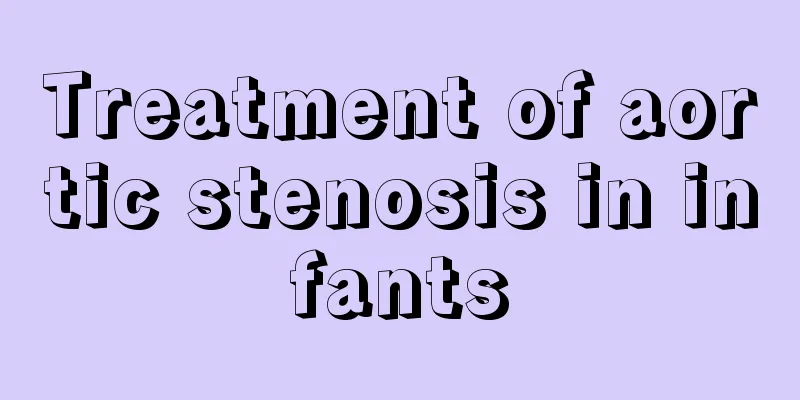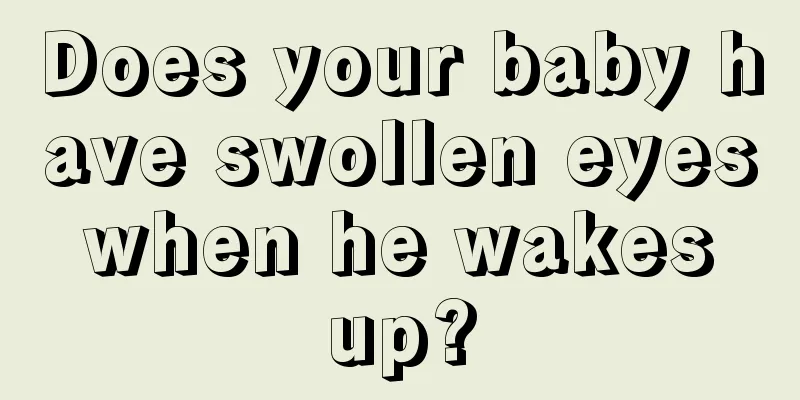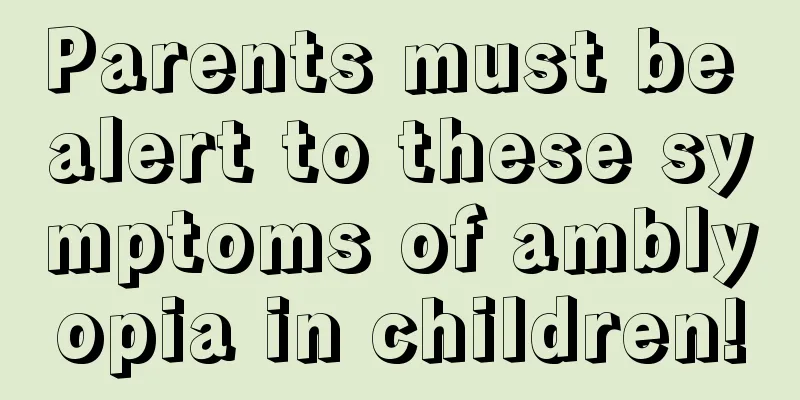Treatment of aortic stenosis in infants

|
After a child is born, the hospital's examination can determine the child's congenital disease. If a child has a congenital disease, the treatment effect will be best at the earliest. The baby's aortic artery stenosis is also one of the heart diseases. Any heart disease has a great impact on the child. Heart disease is a sudden death that is unknowing, and even parents are not aware of it. So how to treat baby's aortic aortic stenosis? 1. Patients with asymptomatic mild aortic stenosis require regular and close follow-up. ① Those with rheumatic activity should receive anti-rheumatic treatment; ② Prevent infective endocarditis during dental, gastrointestinal and genitourinary tract surgery and instrument examinations. Antibiotic prophylaxis should be given. 2. Treatment for patients with symptomatic aortic stenosis: ① Limit physical activity to prevent worsening syncope or sudden death; ② Accompanied by ventricular stenosis. Surgery In case of tachycardia, high-degree atrioventricular block and severe sinus bradycardia, antiarrhythmic drug treatment should be used (see Arrhythmia for details); ③ Patients with chest pain need coronary angiography to diagnose concomitant coronary heart disease. In this case, sublingual nitroglycerin should be used. Note that the dosage should be small to prevent excessive dosage on the basis of the existing reduction in cardiac output, which may cause peripheral arterial dilation and lead to syncope; or further reduce coronary blood flow due to decreased arterial pressure; ④ Diuretics can be used in case of left ventricular failure. However, the dosage should not be too large, so as not to reduce cardiac output. 3. Indications for percutaneous balloon aortic valvuloplasty and artificial aortic valve replacement (1) Patients with a history of recurrent syncope, angina pectoris, or left heart failure that has been controlled by drugs. (2) Aortic valve area <0.7 cm: transvalvular pressure gradient ≥50 mmHg. (3) The valve itself is fully developed and congenital or acquired stenosis is caused by adhesions at the commissure. (4) No obvious calcification of the valve: may be accompanied by mild regurgitation. If the baby's heart has aortic stenosis, use these methods to treat the child. If the aorta is stenotic, surgery must be performed in time to clear the child's heart to avoid adhesion of the heart artery. After the aorta is cleared, the stenosis can be improved in time. It is also a kind of care for the child's heart. The child's emotions should not be overly excited at ordinary times. |
<<: What are the symptoms of dacryocystitis in infants and young children?
>>: Is it necessary for babies to have a cardiac ultrasound?
Recommend
How to treat sinusitis in a four-year-old baby?
Clinically, many diseases are not age-specific, r...
Avoid these minefields when getting vaccinated, otherwise the consequences will be serious!
The health of your baby is the top priority for e...
What is the standard height of a two and a half year old boy?
Nowadays, many parents measure their children'...
How to make calcium supplement soup for children?
Children are in great need of calcium supplementa...
What are some folk remedies for reducing baby’s fever?
Although we don’t want our baby to have a fever, ...
What foods are good for baby's loose stools?
Nowadays, almost every family has only one child,...
What's the matter with the blue veins on the bridge of the child's nose?
Adults are very concerned about children's ph...
Why do children lose their hair?
We adults lose hair every day, but children hardl...
What are the symptoms of lead poisoning in children?
Children's health has always been a problem f...
What are the causes of skin allergies in babies?
As we all know, babies have fragile constitutions...
The difference between roseola infantum and allergies
Children are very prone to skin diseases when the...
What causes a 10-month-old baby to spit up milk?
What causes a ten-month-old baby to spit up? It i...
What are some things that children can use to ward off evil spirits?
China is a traditional country deeply eroded by f...
My child has a fever of 39. How can I adjust it?
Children have weak constitutions and are easily i...
Why do children snore when they sleep?
Snoring while sleeping is a common phenomenon amo...









